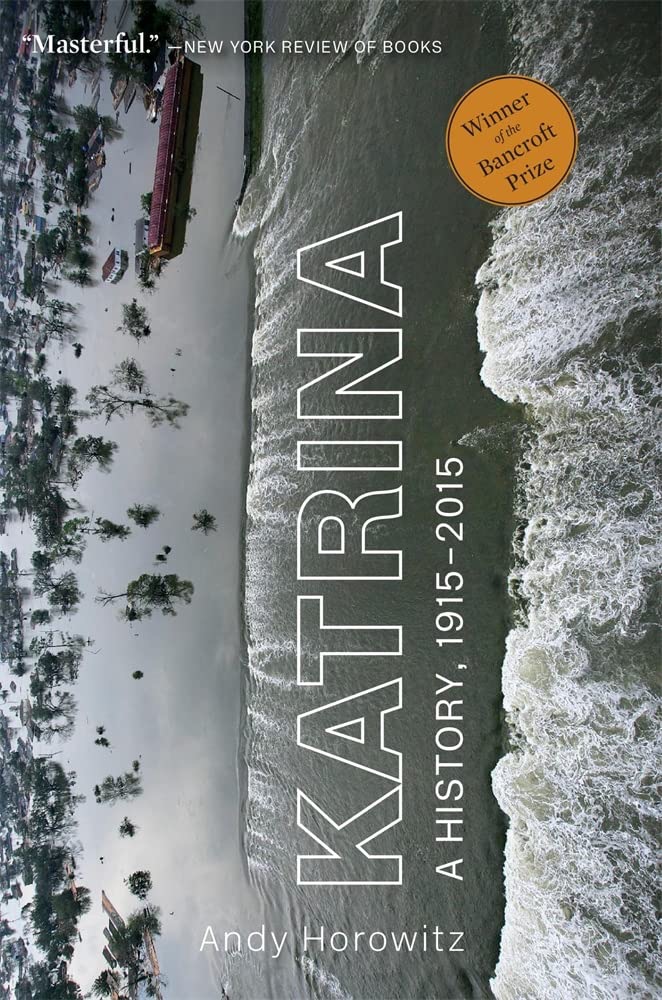Disasters are less discrete events than they are contingent processes. Seemingly acute incidents, like the largely forgotten 1915 hurricane, live on as the lessons they teach, the decisions they prompt, and the accommodations they oblige. Their causes and consequences stretch across much longer periods of time and space than we commonly imagine. Seeing disasters in history, and as history, demonstrates that the places we live, and the disasters that imperil them, are at once artifacts of state policy, cultural imagination, economic order, and environmental possibility.
When people face disaster, they reckon with fundamental questions: What should they try to save, what should they try to leave behind, and who should decide? Who deserves help, why, what kind, and from whom? What caused the disaster in the first place? And what does this disaster mean for the next one? These debates, which ought to fascinate any student, scholar, or citizen, take place in historical context. Sometimes these debates change the political and cultural commitments that give history its shape. And yet, perhaps because they are so often imagined, almost by definition, to be events that come out of nowhere, for a long time academic historians largely ignored disasters altogether.
Other social scientists embraced the study of disasters, however, and often explicitly because they seemed to defy history. In a seminal 1961 article, for example, the sociologist Charles Fritz argued that “disasters provide a temporary liberation from the worries, inhibitions, and anxieties associated with the past and future because they force people to concentrate their full attention on immediate moment-to-moment and day-to-day needs.” Disasters, he wrote, cause “the blanking out of the past and future frames of reference,” and “provide…a clean break from the past.”
Existing studies of disasters often turn on the question, as one investigation puts it, of “where to draw the line between ‘natural’ and ‘unnatural’ disasters.” To the extent that this approach leads to scrutiny of what, or who, caused harm to others, it remains a vital one. Increasingly, scholars assert that there is no such thing as a natural disaster, because who is in harm’s way is the product of political decisions and social arrangements, rather than the inevitable order of things. This essential point lies at the foundation of my analysis. Vulnerability is socially constructed. But to discover that any event is in some way man-made is simply to recognize the fact of human history, not to analyze that history. It is a starting point, not a conclusion.
